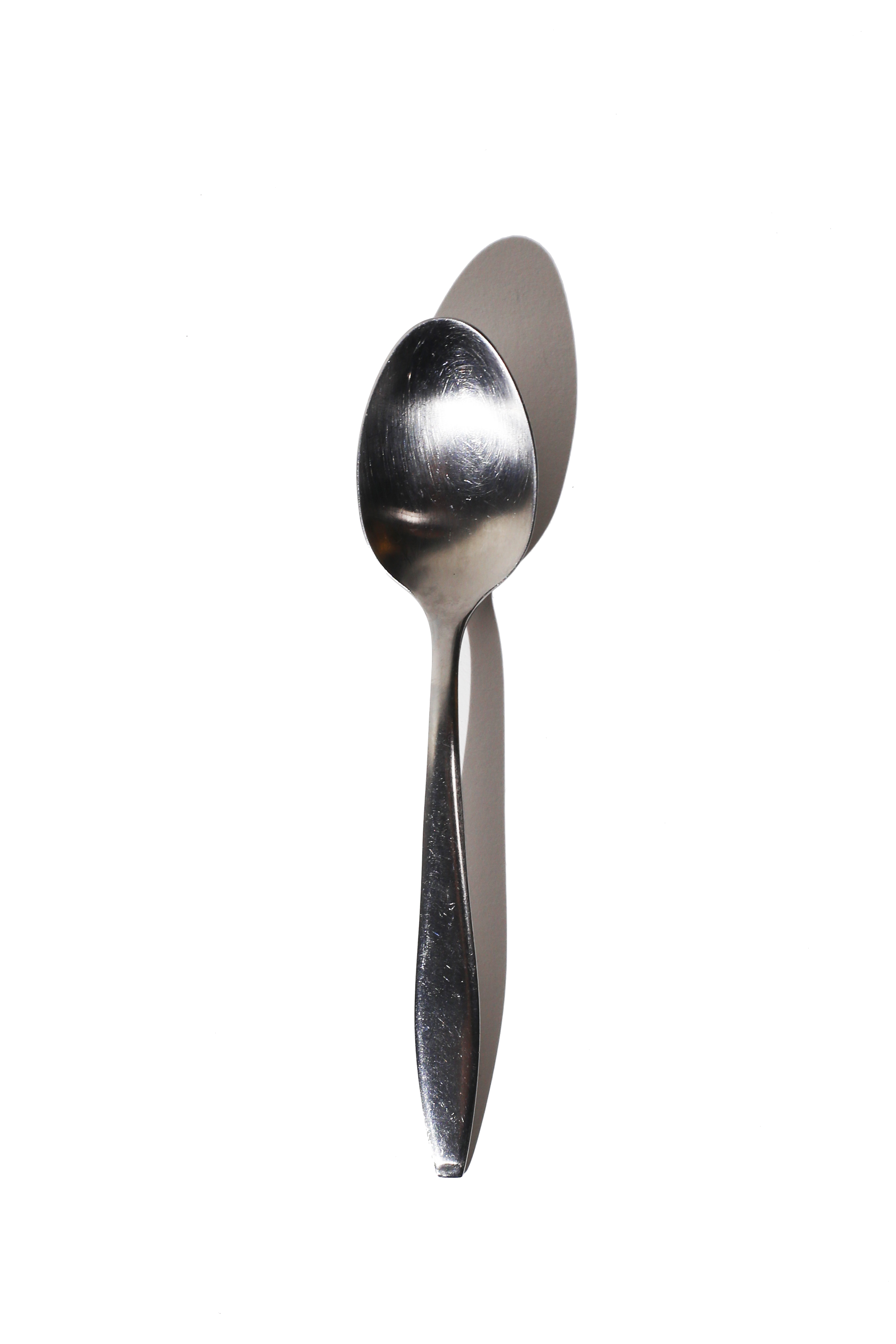In modern media, there are two primary color spaces: the digital RGB color space and the print CMYK color space. Briefly, RGB is an additive color space consisting of the colors red, green, and blue that involves using visible light to create colors. This method forms the basis for all modern electronic displays. Conversely, CMYK is a subtractive color space consisting of cyan, magenta, yellow, and black that forms the basis for all printing.
The differences between these color spaces is extremely important as people often will be working with both concurrently during a project. It is therefore crucial for one to understand the fundamental differences in the way that these color spaces operate and how they relate to one another.
When it comes to illustrating the differences between these two color spaces, it is useful to distill each down to its fundamental unit. Whereas atoms are the fundamental unit of matter, pixels are the fundamental unit of the RGB color space and ink drops are the fundamental unit of the CMYK color space. By distilling each color space down to its fundamental unit, particularly with RGB, we are able to eliminate any discrepancies that arise between manufacturers such as color temperatures and screen calibrations. Therefore, I chose to represent the RGB color space using the bare minimum: an RGB light emitting diode (LED). I also chose to represent each space in the medium that it is meant for, digital for RGB and print for CMYK.
To illustrate that RGB is an additive color space, an RGB led connected to three knobs was used. These knobs could be turned, changing each color value so that a user could discover for him/herself all the different color combinations possible in this additive color space. The LED itself was housed in a 3x3 inch (the size of a post it note) 3d-printed black cube covered in a translucent gray plastic. This represents the fundamental unit of digital displays - a pixel.
The CMYK color space was represented using an Epson Stylus Pro 4800 printer. Ink was chosen over laser toner because it was closer to the original medium by which this color space existed. In representing each color space in its own unique medium rather than all on print or on a screen, the user is able to discover many more intricate details of each space.
Once a person had picked a color they liked on the “pixel,” they could press a button and the exact same color would be printed out on a 3x3 inch square using the Epson. Of course, the color would not be an exact match. This discrepancy would allow the user to discover that in fact, the two color spaces do not provide a one-to-one correspondence.
The resulting print out would be pinned up on a wall, titled in progess which illustrates the almost limitless combinations of colors available. It also provides a static display of colors only available to the print medium whereas the pixel provides a dynamic, always changing, display of colors inherent to the digital medium.
The results of this project were later featured in an installation in which 550 sheets of paper, each with a 3x3 inch randomly generated square, were pinned to a wall. Over the course of a week, viewers could pull pieces off at will, thus creating a physical piece of generative design - truly in progress.

Interface for the device

